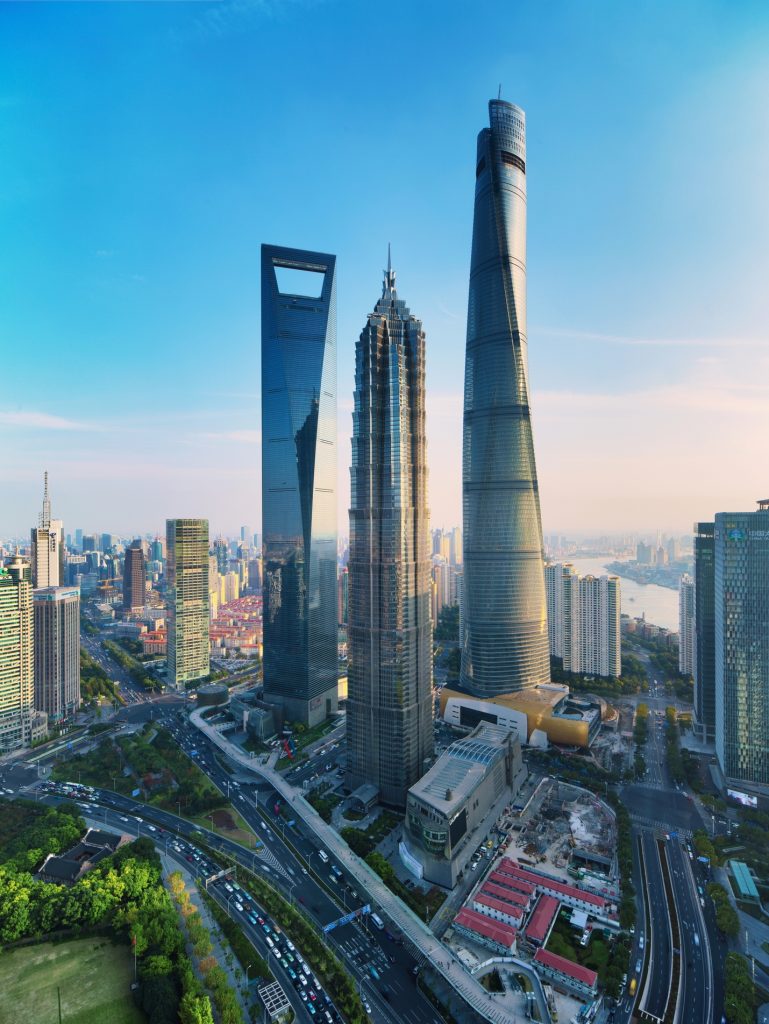

The Shanghai Tower was designed by Gensler, an American architectural firm. The creation of the Shanghai Tower gives us a model with which to plan the cities of the future. But what makes the tower so impressive is not its massive size, but the sustainable design of the building. The tower is one of three mega-tall buildings located in the Lujiazui District in Shanghai (Xia et al., 2010). At 632 meters tall, the Shanghai Tower is the second tallest building in the world. One of the best example of green architecture, and the potential it has to change the world, is the Shanghai Tower. And, socially, green buildings are meant to be beautiful and cause only minimal strain on the local infrastructure,” (Ragheb et al., 2015). Economically, it reduces the amount of money that the building’s operators have to spend on water and energy and improves the productivity of those using the facility. “Environmentally, green architecture helps reduce pollution, conserve natural resources and prevent environmental degradation. Green architecture also thinks about sustainability on multiple scales: environmental, economical, and societal. Green architecture gives us a chance to internalize the externalities associated with city living. Green architecture gives us the opportunity to transition our world to a more sustainable model by rethinking the ways in which we build our cities. “Green, or sustainable, building is the practice of creating and using healthier and more resource- efficient models of construction, renovation, operation, maintenance and demolition,” (Ragheb et al., 2015). Sustainable development and green architecture provide us with a way to do just that. This growth will lead to a more unsustainable world unless and effort is made to make this growth more sustainable. Those living in the cities often don’t feel the effects of their overconsumption. This positive feedback loop leads to disconnects. As these cities grow they will use up more land, more resources, and more energy. As more and more people move to the cities, a greater proportion of the work available will be found in the cities, causing more people to move to the cities.Īs the population in cities grows, city planners and governments will need to find new ways to house and support the people living in their cities. The UN predicts that by 2050, 66 percent of the human population will live in cities (UN, 2018). As we move further into the twenty first century, more and more of the human population will live in urban areas.

This is the first time in history that more humans live in cities than rural areas. Currently about 55 percent of the world’s population lives in cities (Meredith, 2018). With the advent of the industrial revolution more and more people are moving to urban areas. For thousands of years the majority of the human population lived in rural areas, practicing agriculture. Recently our planet crossed a significant threshold. Shanghai: the Shanghai Tower is on the right.


 0 kommentar(er)
0 kommentar(er)
